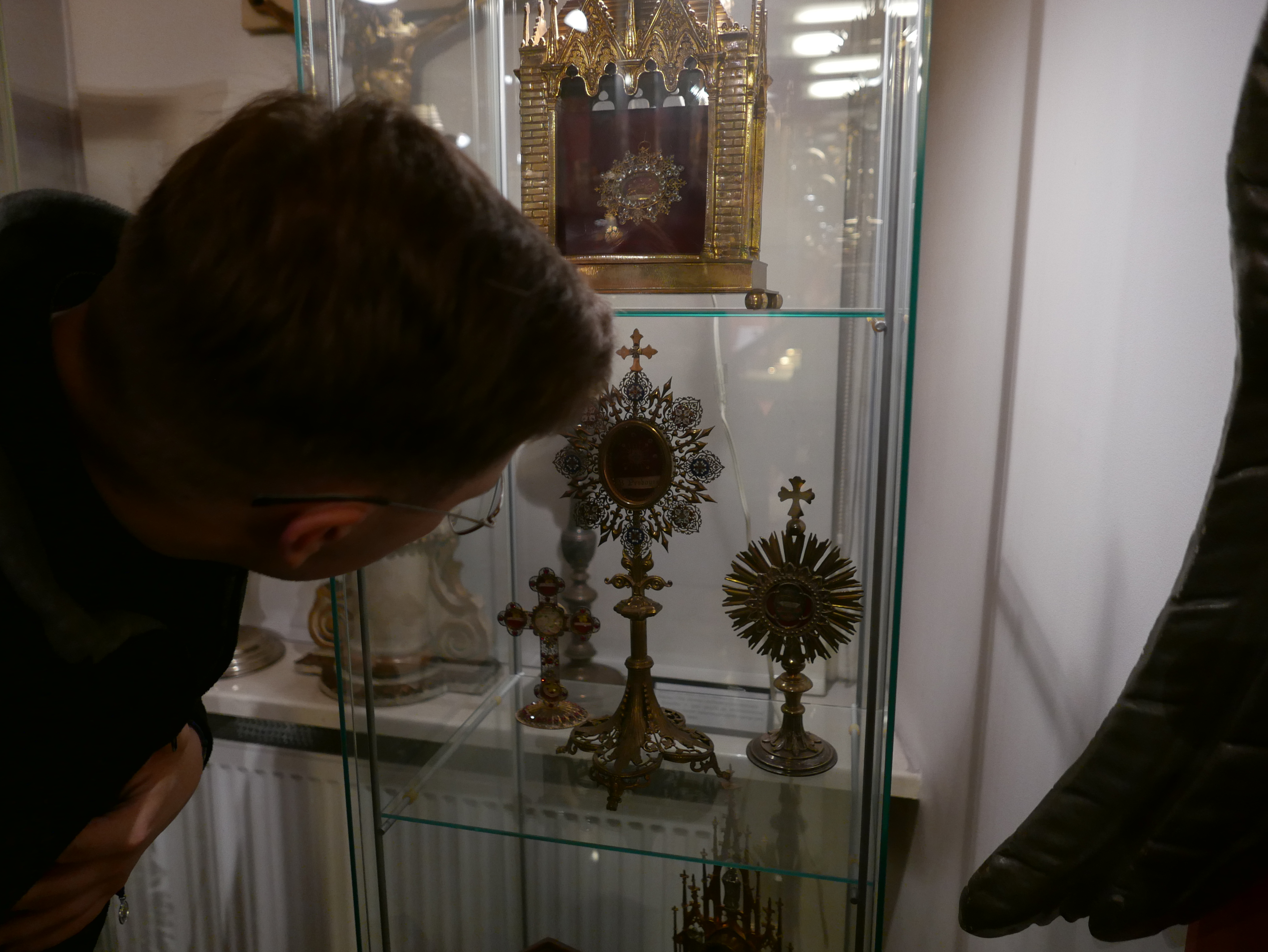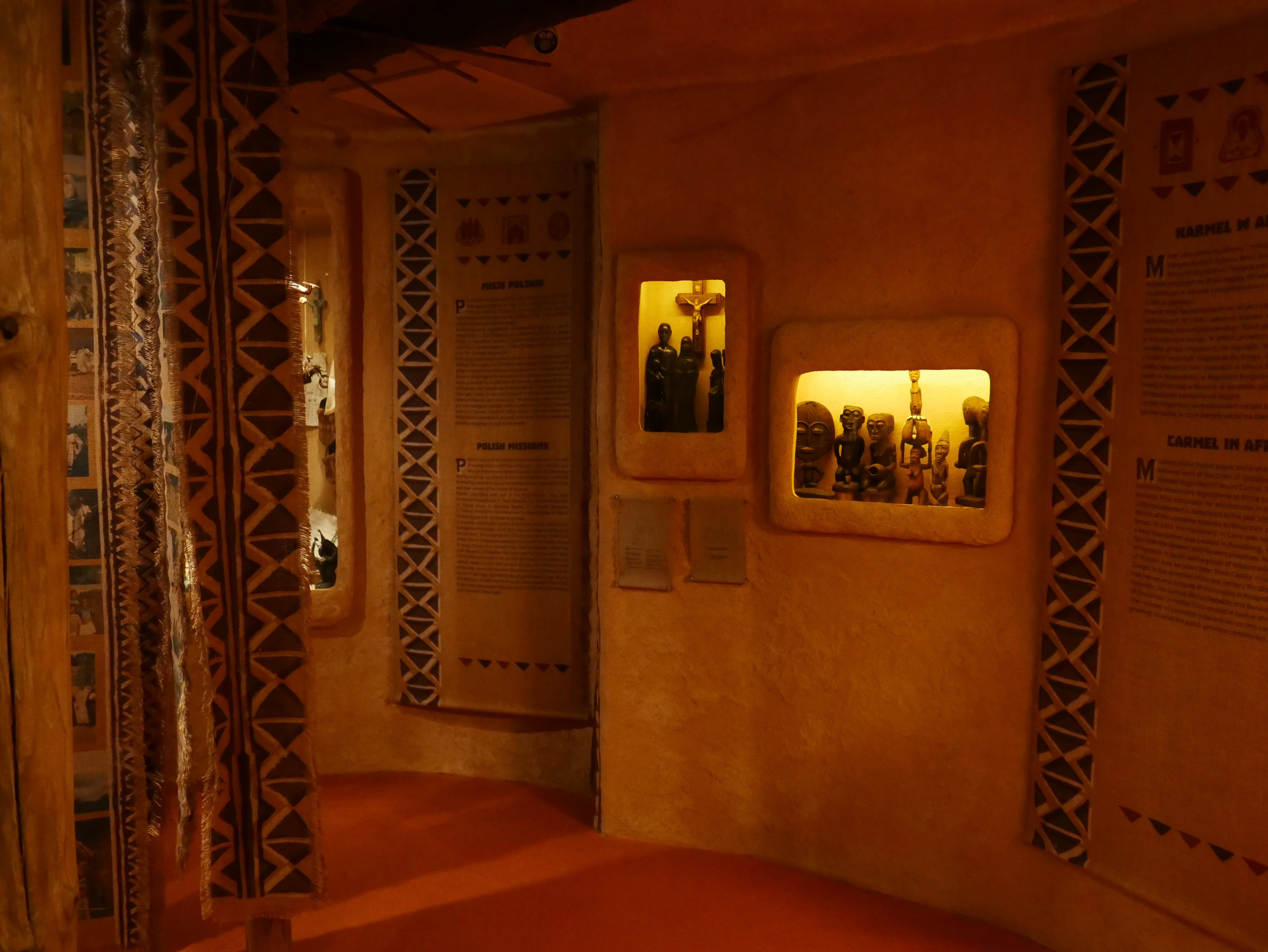
Research trip to mission collections in Poland
Mission collections, a largely overlooked source of religious and cultural contact, were the focus of a joint research trip by experts from CERES, specializing in mission collections, and the Institute of Religious Studies at Jagiellonian University in Krakow.
Following an intensive workshop in fall 2021, when the material dimension of religious and cultural contact initiated by Christian missions has been discussed with external experts, this short trip aimed to visit participating mission collections in Poland and build networks with experts and the heads of the collection or the curators. The workshop and research trip are part of a DFG-funded project that seeks to establish contacts, to network, and to prepare a specialized partnership to research the material dimension of religious and cultural contact using the example of selected mission collections in Germany and Poland (Establishing an international collaboration for researching mission collections – CERES – Ruhr University Bochum (www.rub.de)).
Specifically, religion researchers Belinda Peters (CERES) and Natalia Zawiejska (Jagiellonian University in Krakow) visited the mission museums of three missionary orders (Franciscans, Lazarists, and Carmelites) in the greater Krakow area. They discussed the history, background, and significance of the collections with the persons in charge. It became evident not only how diverse the presentations of such collections are but also how different the narratives are meant to be and the varied importance attached to material objects as evidence and actors of cultural and religious contact.
Overall, the visits and the intensive professional exchange among participants regarding the collections confirmed that mission collections have an interesting and previously underestimated significance for researching the material dimension of religious and cultural contact. The findings emphasize that long-term, cross-border cooperation in this research field is more than worthwhile.

Alongside the bed of a mandarin, the relics of a martyr in China were the most important collection items in the Lazarist Museum.

In a "typical African hut," the Carmelites present the topic of religious and cultural contact – also using multimedia.

